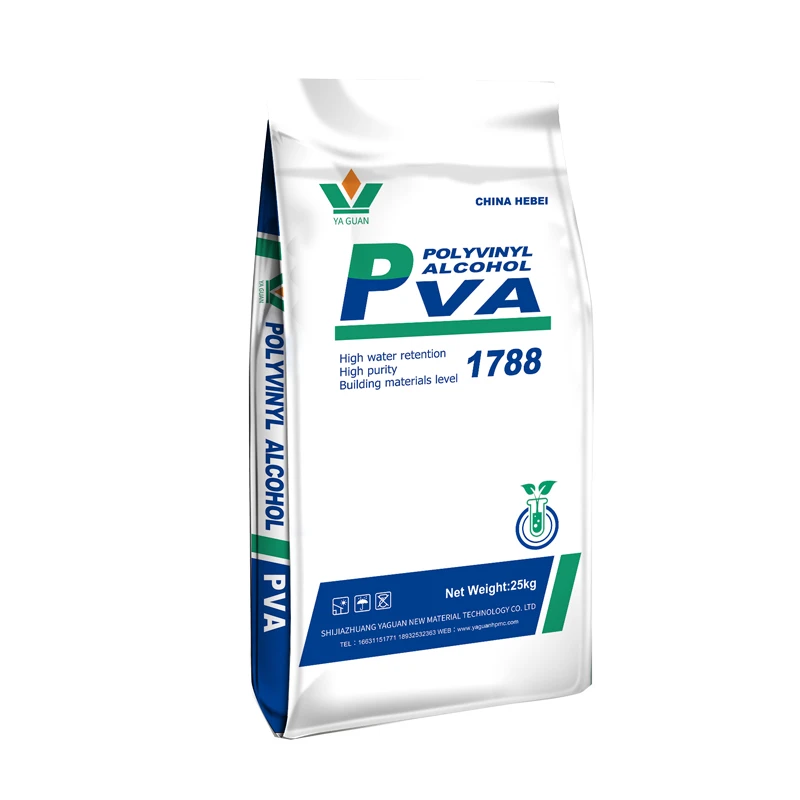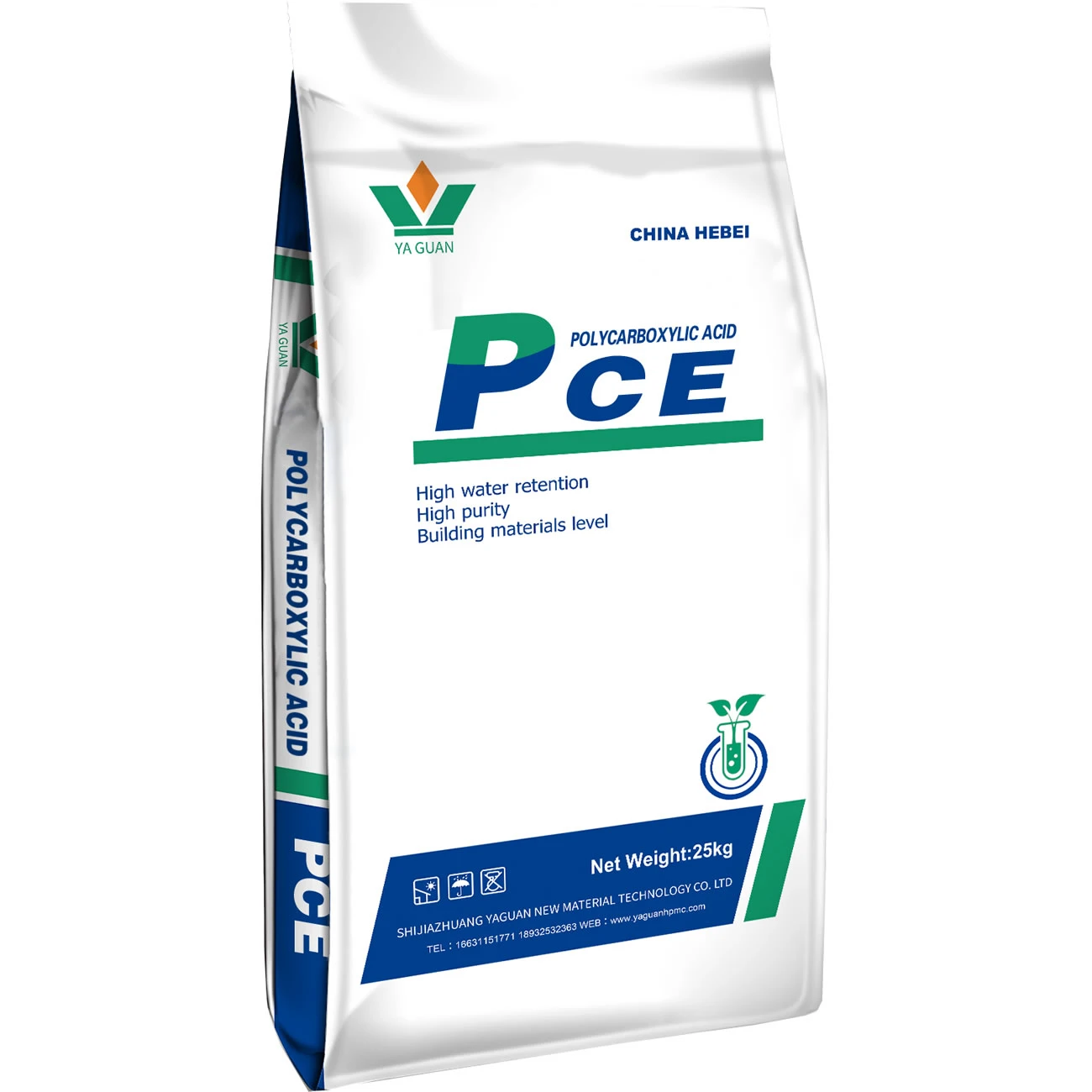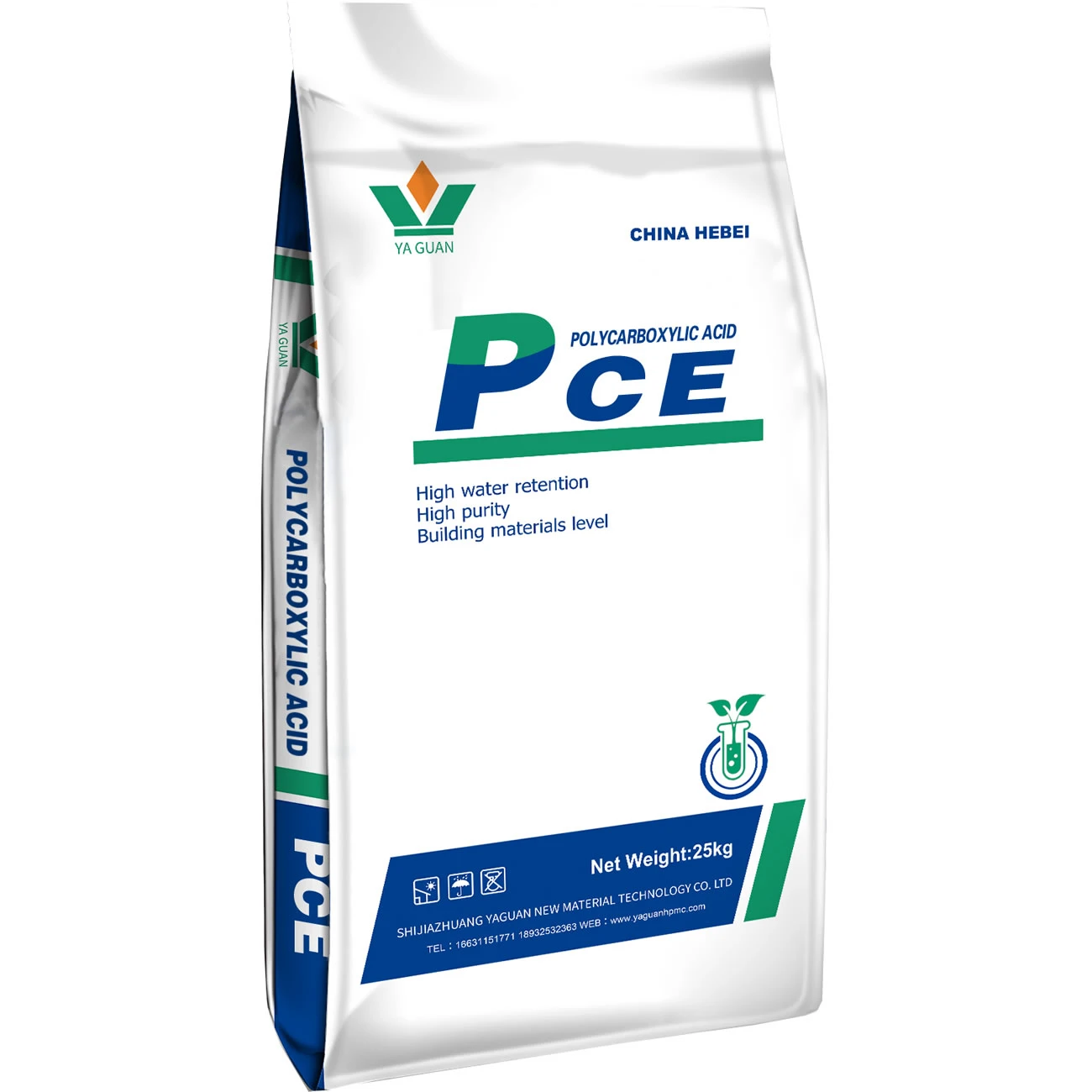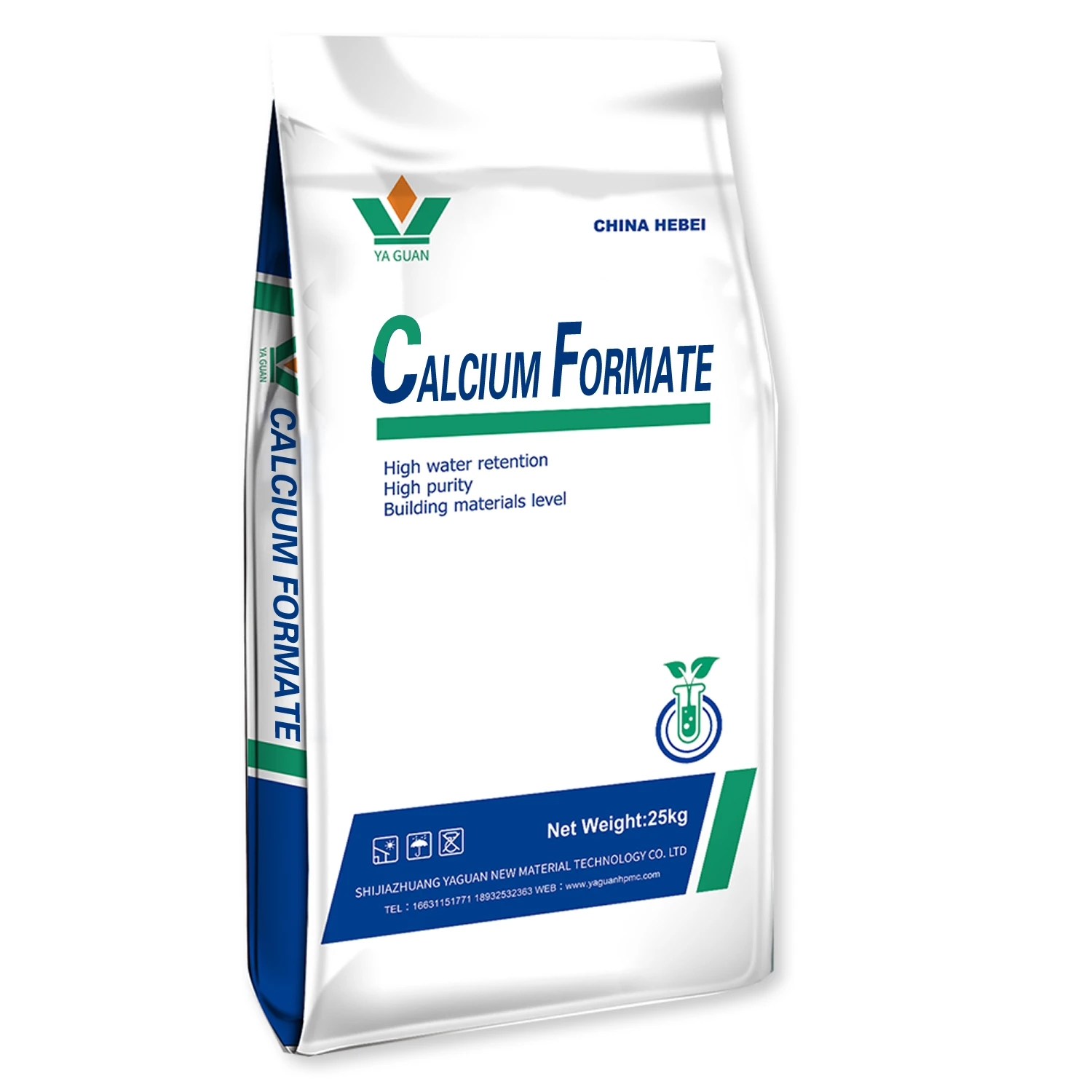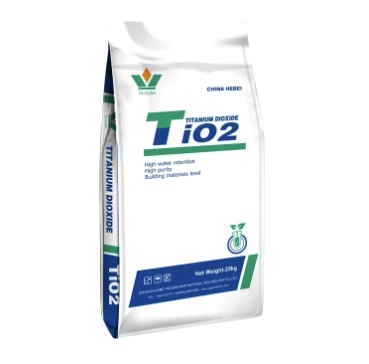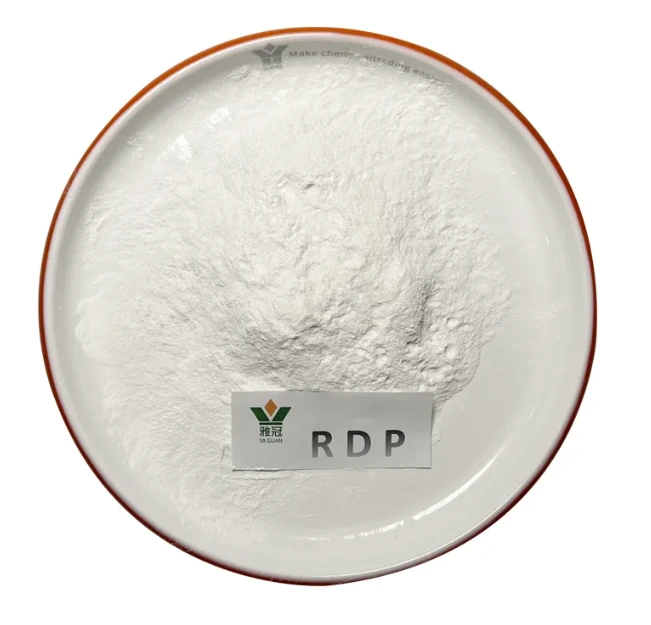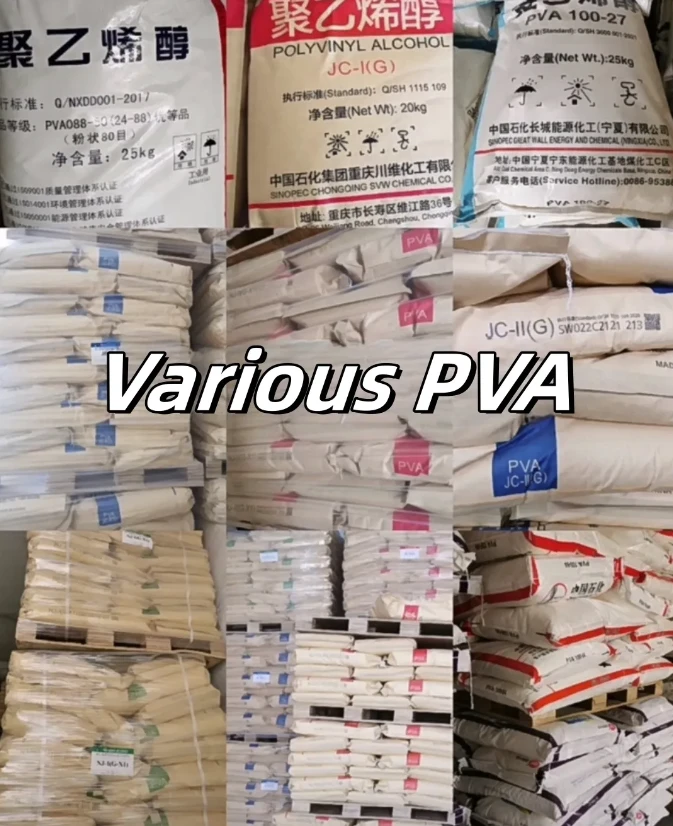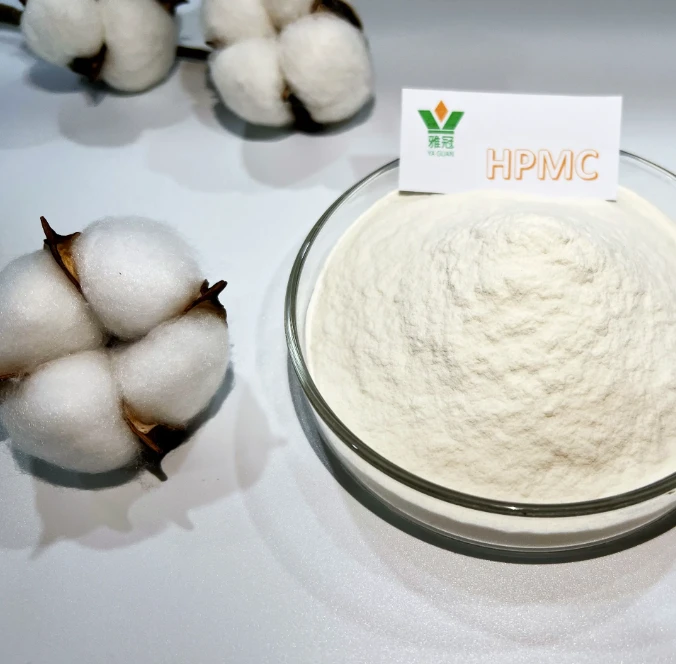
As a wholesaler in the chemical materials market, having a comprehensive understanding of HPMC hypromellose viscosity control methods is crucial for ensuring product quality and meeting diverse customer demands. HPMC hypromellose, also known as HPMC polymer, is a versatile cellulose ether widely used in industries such as construction, pharmaceuticals, and food. Its viscosity is a key property that directly impacts its performance in various applications, from enhancing the workability of cement mortars to controlling the release rate of medications. Shijiazhuang Yaguan New Material Technology Co., Ltd. is at the forefront of producing high-quality HPMC powder with precisely controlled viscosity, and this article will explore the essential methods for managing HPMC hypromellose viscosity from a wholesaler’s perspective.
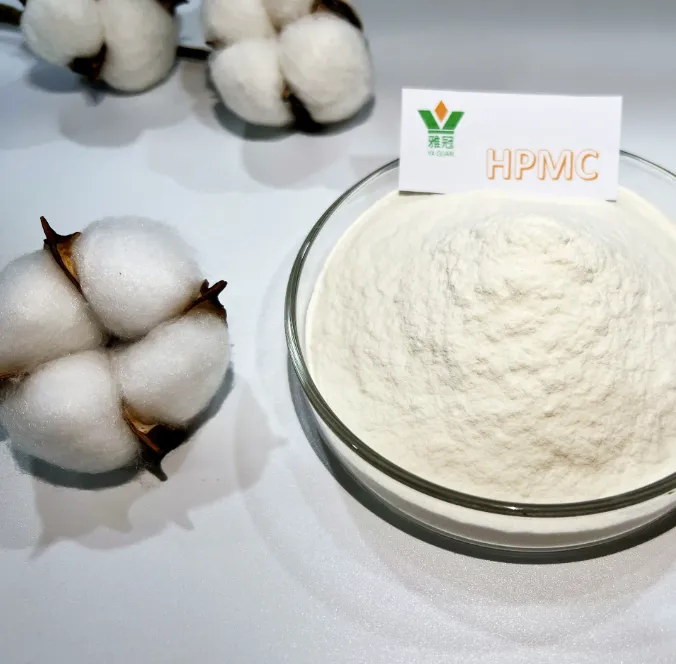
HPMC Hypromellose: Viscosity Basics and Significance
HPMC hypromellose is derived from natural cellulose through chemical modification, resulting in a water-soluble HPMC polymer with unique thickening and film-forming properties. Viscosity, which measures the resistance of HPMC powder solutions to flow, is determined by multiple factors and is a critical parameter for both production and application. Shijiazhuang Yaguan New Material Technology Co., Ltd. manufactures HPMC hypromellose with a wide range of viscosities to cater to different industry needs.
Viscosity Units and Measurement Standards
- mPa·s (millipascal-seconds): The standard unit for expressing HPMC hypromellose
- Brookfield Viscometer: Commonly used equipment for measuring viscosity, providing readings at specific rotor speeds and temperatures.
- ASTM D2196: A widely recognized standard test method for determining the viscosity of non-Newtonian liquids, applicable to HPMC polymer
Table: Shijiazhuang Yaguan New Material Technology HPMC Hypromellose Viscosity Grades and Applications
|
Viscosity Grade |
Viscosity Range (2% Solution, 20°C, mPa·s) |
Primary Applications |
Key Performance Traits |
|
Low Viscosity |
1,000 - 5,000 |
Pharmaceutical coatings, food additives |
Rapid dissolution, good film - forming ability |
|
Medium Viscosity |
10,000 - 50,000 |
Tile adhesives, putties |
Balanced workability and thixotropic properties |
|
High Viscosity |
100,000 - 400,000 |
Cement mortars, grouts |
Excellent water retention, anti - sedimentation |
|
Ultra - High Viscosity |
500,000+ |
Specialized waterproofing materials |
Extreme thickening, enhanced film strength |
Production - Level Viscosity Control of HPMC Hypromellose
Controlling the Degree of Substitution
The degree of substitution (DS) of hydroxypropyl and methyl groups in HPMC hypromellose significantly affects its viscosity. A higher DS generally leads to lower viscosity due to reduced intermolecular interactions. Shijiazhuang Yaguan New Material Technology Co., Ltd. precisely controls the DS during the chemical modification process of cellulose. By adjusting the reaction conditions, such as the concentration of reactants and reaction time, the company can produce HPMC polymer with targeted DS values, thereby achieving the desired viscosity range for different products.
Molecular Weight Manipulation
The molecular weight of HPMC hypromellose is another critical factor influencing viscosity. Higher molecular weight HPMC powder typically results in higher viscosity solutions. Shijiazhuang Yaguan uses advanced synthesis techniques to control the molecular weight distribution of HPMC polymer. Through careful selection of raw materials and optimization of the polymerization process, the company can produce HPMC hypromellose with consistent molecular weight, ensuring stable viscosity in the final product.
Post - Production Viscosity Adjustment of HPMC Powder
Additive Formulation
- Plasticizers: Adding plasticizers can reduce the viscosity of HPMC hypromellose Shijiazhuang Yaguan may incorporate specific plasticizers into HPMC powderformulations for applications where lower viscosity is required, such as in certain types of coatings. These plasticizers disrupt the intermolecular forces within the HPMC polymer, allowing for easier flow of the solution.
- Fillers: Fillers like talc or calcium carbonate can be added to HPMC hypromelloseto adjust its viscosity indirectly. By altering the rheological properties of the mixture, fillers can help achieve the desired viscosity for applications such as mortars and adhesives.
Particle Size Control
The particle size of HPMC powder impacts its hydration rate and, consequently, its viscosity in solution. Finer particles hydrate more quickly and can lead to higher initial viscosity. Shijiazhuang Yaguan controls the particle size of HPMC hypromellose through processes such as spray - drying and milling. By adjusting parameters like atomization pressure in spray - drying or the grinding intensity in milling, the company can produce HPMC powder with the appropriate particle size distribution to meet specific viscosity requirements.
Environmental Factors and Viscosity Control of HPMC Polymer
Temperature Regulation
Temperature has a significant impact on the viscosity of HPMC hypromellose solutions. As temperature increases, the viscosity of HPMC polymer solutions decreases due to increased molecular motion and reduced intermolecular forces. Conversely, lower temperatures lead to higher viscosity. Shijiazhuang Yaguan advises wholesalers to store HPMC powder in a cool, dry place with a controlled temperature environment, typically between 10°C - 30°C. During the production and application processes, maintaining a stable temperature is crucial for ensuring consistent viscosity.
pH Control
The pH of the solution can also affect the viscosity of HPMC hypromellose. HPMC polymer is generally stable within a pH range of 3 - 11. However, extreme pH values can cause degradation of the HPMC hypromellose structure, leading to changes in viscosity. Shijiazhuang Yaguan ensures that the HPMC powder it produces maintains its stability across a wide pH range. Wholesalers should be aware of the pH conditions of the systems in which HPMC hypromellose will be used and take appropriate measures to control pH if necessary.
HPMC Hypromellose Viscosity Control FAQs
How does the degree of substitution affect the viscosity of HPMC hypromellose?
The degree of substitution (DS) of hydroxypropyl and methyl groups in HPMC hypromellose directly influences its viscosity. A higher DS means more hydroxypropyl and methyl groups are attached to the cellulose backbone. These groups disrupt the intermolecular hydrogen bonding within the HPMC polymer, reducing the internal friction and leading to lower viscosity solutions. Shijiazhuang Yaguan New Material Technology Co., Ltd. precisely controls the DS during production to manufacture HPMC powder with the desired viscosity for various applications, such as low - viscosity HPMC hypromellose for quick - drying pharmaceutical coatings.
Can temperature changes significantly impact the viscosity of HPMC powder solutions?
Yes, temperature changes have a significant impact on the viscosity of HPMC powder solutions. HPMC hypromellose solutions exhibit shear - thinning behavior, and temperature affects the molecular motion and intermolecular forces within the HPMC polymer. As the temperature rises, the kinetic energy of the molecules increases, causing the HPMC hypromellose chains to move more freely and reducing the viscosity of the solution. Shijiazhuang Yaguan recommends storing HPMC powder in a temperature - controlled environment and maintaining a stable temperature during its use to ensure consistent viscosity and optimal performance in applications like cement mortars.
What role do additives play in controlling the viscosity of HPMC polymer?
Additives play a crucial role in controlling the viscosity of HPMC polymer. Plasticizers can be added to HPMC hypromellose to reduce its viscosity by interfering with the intermolecular forces, making the solution flow more easily. Fillers, on the other hand, can modify the rheological properties of HPMC powder mixtures, either increasing or decreasing viscosity depending on their type and concentration. Shijiazhuang Yaguan uses carefully selected additives in its HPMC hypromellose formulations to meet the specific viscosity requirements of different industries, such as using plasticizers to create low - viscosity HPMC for food - grade thickening applications.
How does particle size influence the viscosity of HPMC hypromellose?
The particle size of HPMC hypromellose affects its viscosity through the hydration process. Finer HPMC powder particles have a larger surface area, which allows them to hydrate more rapidly in water. This quick hydration can lead to a higher initial viscosity of the solution. Conversely, coarser particles hydrate more slowly, potentially resulting in lower initial viscosity. Shijiazhuang Yaguan controls the particle size of HPMC polymer during production to ensure that the HPMC hypromellose product provides the desired viscosity performance in applications like tile adhesives, where proper workability depends on the right viscosity.
What should wholesalers do if they encounter viscosity issues with HPMC hypromellose?
If wholesalers encounter viscosity issues with HPMC hypromellose, they should first check the storage conditions, as improper temperature or humidity can affect viscosity. They should refer to the product specifications provided by Shijiazhuang Yaguan New Material Technology Co., Ltd., which include recommended storage and handling guidelines. If the issue persists, wholesalers can contact Shijiazhuang Yaguan’s technical support team. The company’s experts can assist in troubleshooting, whether it involves analyzing the production process, the impact of additives, or environmental factors affecting the viscosity of HPMC powder.
Controlling the viscosity of HPMC hypromellose is essential for ensuring its effectiveness in a wide range of applications. Shijiazhuang Yaguan New Material Technology Co., Ltd. utilizes advanced production techniques, precise additive formulations, and strict environmental control measures to produce HPMC powder with consistent and targeted viscosity. As a wholesaler, understanding these viscosity control methods, from production - level adjustments to post - production modifications and environmental management, is key to providing high-quality HPMC hypromellose products to customers. By leveraging the expertise and quality assurance of manufacturers like Shijiazhuang Yaguan, wholesalers can meet the diverse viscosity requirements of various industries and contribute to the success of end - use applications involving HPMC polymer.







